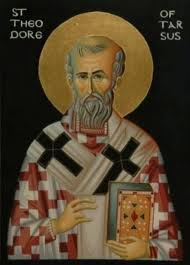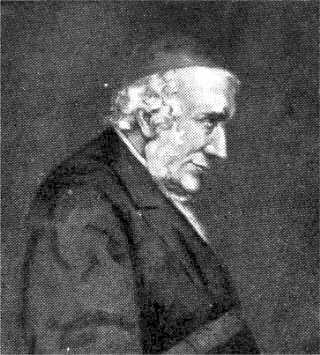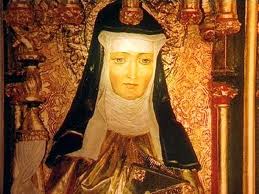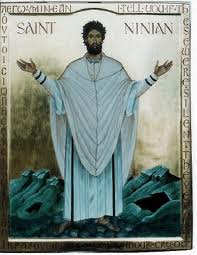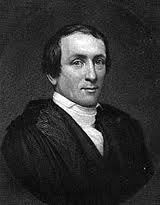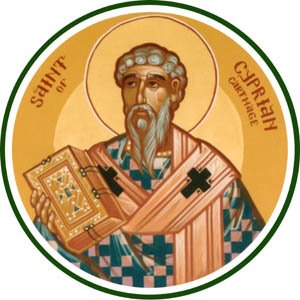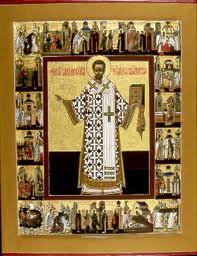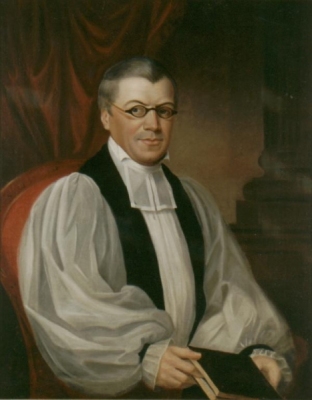The 2009 General Convention of the Episcopal Church directed the Standing Commission on Liturgy and Music to collect and develop theological and liturgical resources for blessing same-sex relationships (Resolution C056). The Commission is eager to engage the wider church in theological conversation as one among many sources that will inform our work.
The reflection below was submitted by the Rev. Canon Thaddeus Bennett, co-chair of the task group preparing pastoral and teaching resources. Besides working as a parish priest, the Rev. Canon Bennett (of the Diocese of Vermont) has served as Canon for Transition Ministry in the Diocese of Vermont and Canon to the Ordinary in the Diocese of Los Angeles. He is one of the authors of the Episcopal Church’s Fresh Start resource and serves as a vocational faculty for CREDO. He helped found three HIV/AIDS organizations, including the National Episcopal AIDS Coalition, and co-authored a number of resources for HIV/AIDS education and ministry.
# # #
There are two key areas for the Task Group on Pastoral and Teaching Resources: researching and bringing forth some recommendations about the ways the Episcopal Church, its clergy and lay leaders prepare couples for ceremonies of blessing, especially regarding the preparation of same-gender couples for such a commitment. As well, we want to research and bring forth recommendations about how to help prepare a congregation for same-gender ceremonies and ways in which the Christian community can support all couples in their commitment to a life together and as a part of a Christian community.
This blog is devoted to the first area – pastoral resources for preparing a couple for a lifelong commitment ceremony. A recent search of the Episcopal Archives finds that we have been talking about this since at least 1921 and that there has been regular discussion since 1945. That’s the good news! The bad news is that it seems there was lots of conversation but very few concrete resources for people preparing a couple for marriage.
In the 21st century we suspect that clergy and lay professionals who work with (same-gender and opposite-gender) couples use a variety of resources in their work and ministry. As well, we suspect that seminaries are teaching students about such preparation. Personally, one exercise I do is to ask the couple individually to answer the question: What are the five major reasons for a break-up of a committed relationship? By asking them to name those things you get their own perspectives as well as insights to their family of origin; you see how they do and do not match each other; and you usually are able to do some work around “preventing those things from ruining your relationship.” We want to know what you use, what works and does not work, and what special consideration or material you use for working with same-gender couples.
Please let us know your thoughts and let us know if we can contact you for copies of the resources or the materials you use. OR you can send them directly to us at sclm@episcopalchurch.org.

